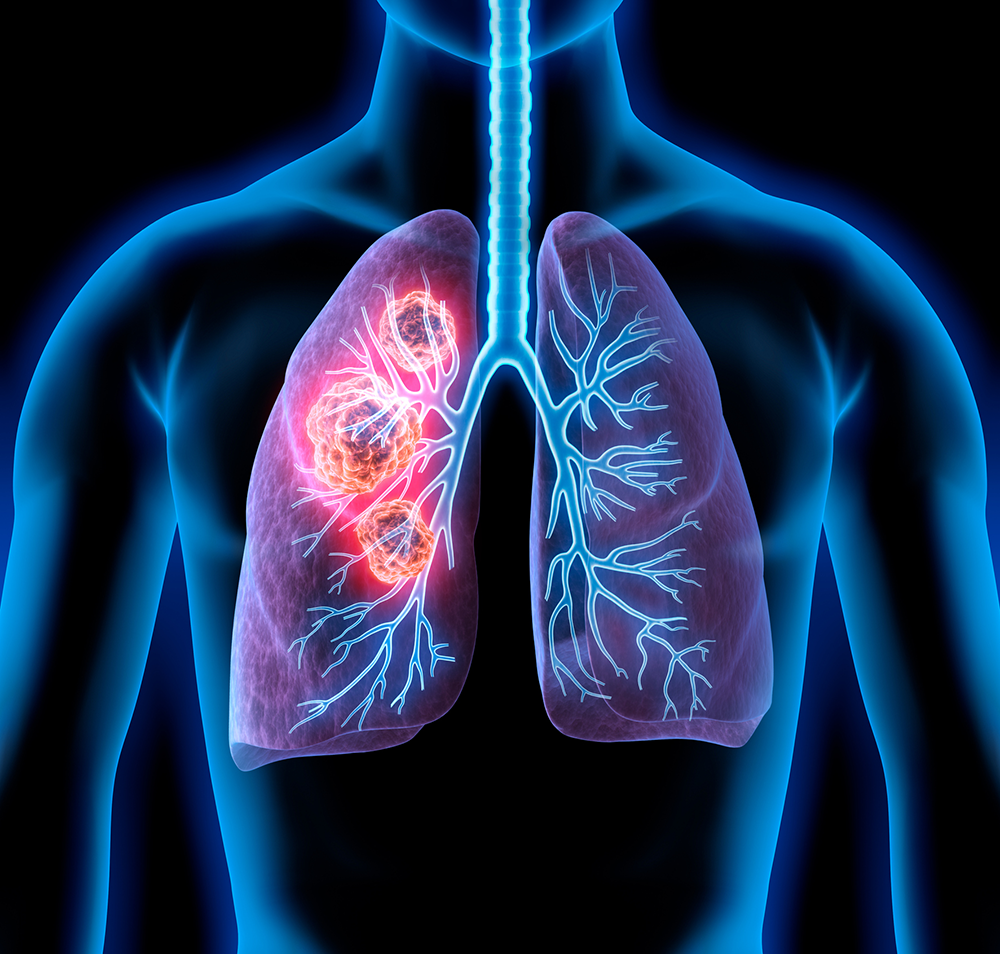Over 40 years ago, cervical cancer was the leading cause of cancer death in women in the United States. Now, cervical cancer is ranked only 14th in cancer incidence and even lower in cancer-based mortality statistics. The most recent data provided by The Centers for Disease Control and Prevention shows that in 2010 only 11,818 women were diagnosed with cervix cancer and only 3,939 women died from their disease. This dramatic success is even more poignant when we realize that cervical cancer remains the number one cause of cancer death in women worldwide.
Pap Smear and Early Detection
The largest contributing factor in reducing the incidence of cervical cancer was the introduction of the Papanicolaou (Pap) smear in the 1950s. The National Cancer Institute reported that the implementation of this screening test was solely responsible for decreasing both the incidence and the mortality of cervical cancer by 60% between the years of 1955 and 1992. The Pap smear screening test involves the collection of cells from the transformation zone of the external cervix and distal endocervical canal. If Pap smear results are abnormal, more definitive biopsy-driven procedures are performed. The Pap smear, therefore, is very effective in the detection of early precancerous lesions (cervical dysplasia) that can then be treated with a number of modalities and effectively prevent the progression to malignancy.
Within the United States, more than half of the women currently diagnosed with cervical cancer report never having had a prior Pap smear performed. Many of the remaining women have not had a Pap smear within the last five to 10 years, or if they have had a recent Pap smear, they have failed to undergo the appropriate followup/treatment. Limitations to access to healthcare providers and facilities, issues with the collection and interpretation of the Pap smears and then the complexities of being able to act on the results (performing biopsies and treatment procedures) are all reasons why there have not been the same rates of success in the fight against cervical cancer on a global level.
HPV Connection
The second wave of advancement did not come until the 1980s when scientific studies finally confirmed the association between cervical cancer and the Human Papilloma Virus (HPV). We now know that over 99% of cervical cancers are caused by 13 high-risk strains of HPV. This realization has led to a flood of epidemiologic, immunologic and oncogenic data that has not only led to advancements in understanding the disease overall but has led to dynamic changes in how we screen, prevent and treat the disease.
Within the United States alone, this greater knowledge has dramatically changed how we use the Pap smear. For example, we know that young women are more likely to clear HPV infections and are less likely to have progression of HPV related disease. Therefore the newest guidelines recommend not collecting a Pap smear until a women is at least 21 years of age. Furthermore, young women who are found to have low-grade dysplasia (CIN I) are no longer being triaged to active treatment protocols, but rather watched carefully due to the significant likelihood of spontaneous disease regression.
Co-testing (collection of Pap smear and testing for the presence of high risk HPV subtypes) in women who are 30 and older has allowed us to spread out the collection of Pap smears to three to five year intervals. These important revisions in screening guidelines have not only reduced unnecessary exams and procedures, but they have decreased the cost of being able to provide excellent preventative healthcare. Despite current guidelines, many women in the United States still do not have access to healthcare. Of those women who do go in for their Pap smear, many are still not appropriately educated on or treated along these recommendations.
HPV Vaccine
The other major recent addition has been the development of the HPV vaccine. Both of the commercially available vaccines target against HVP 16 and 18, which account for approximately 70% of cervical cancers in the United States. Like with the Pap smear, the beauty in the approach to the vaccine is in its ability to prevent the cancer from ever happening (or in the case of the Pap smear, identifying it before it is cancer). However, unlike the Pap smear, its implementation appears to be having a less successful start.
The Center for Disease Control and Prevention reported that a survey of approximately 19,000 adolescents between the ages of 13-17, found only about 28% of the females received the targeted >3 HPV vaccinations in 2012. This was even lower in the adolescent males surveyed. The Advisory Committee on Immunization Practices (ACIP) recommended HPV vaccination in young girls in 2006, and in boys by 2011. The expected benchmark in both females and males is at least 80% by the year 2020. In a country where the majority of other adolescent vaccinations are being successfully administered, there is clearly a need for improvement. Vaccinations hold the most significant promise for disease prevention here in the United States, and more importantly for 80% of women suffering from cervical cancer worldwide.
No other gynecologic cancer has had this type of advancement. Maybe the success has unintentionally distracted us from the work that still needs to be done. We need to find ways to effectively educated and encourage our healthcare colleagues to comply with Pap smear screening guidelines and to vaccinate our children. This is imperative not only for cancer prevention, but for our ability to provide sustainable cost-effective healthcare.



